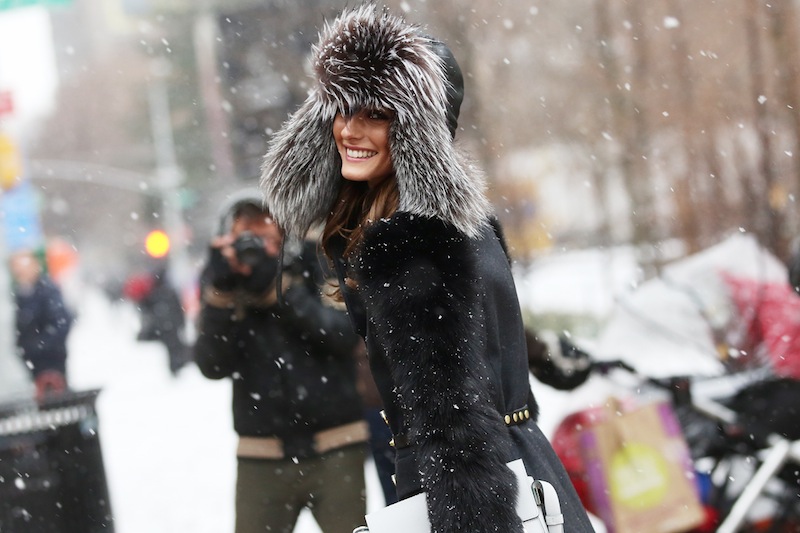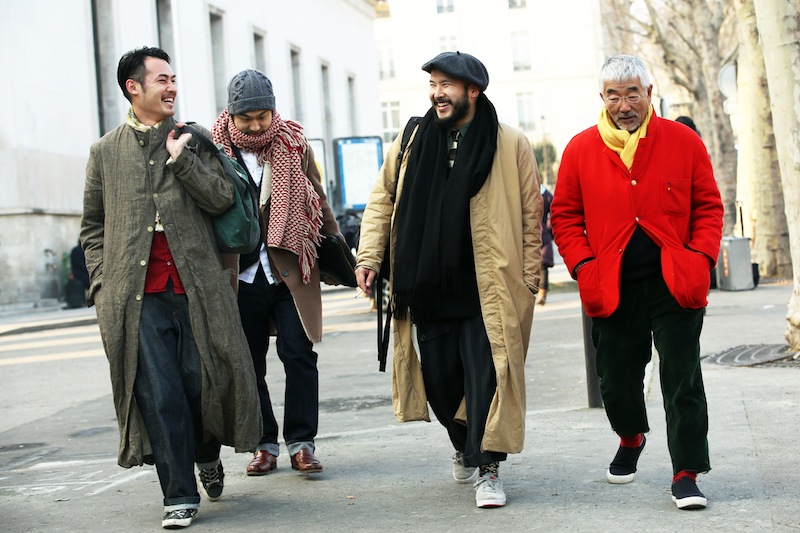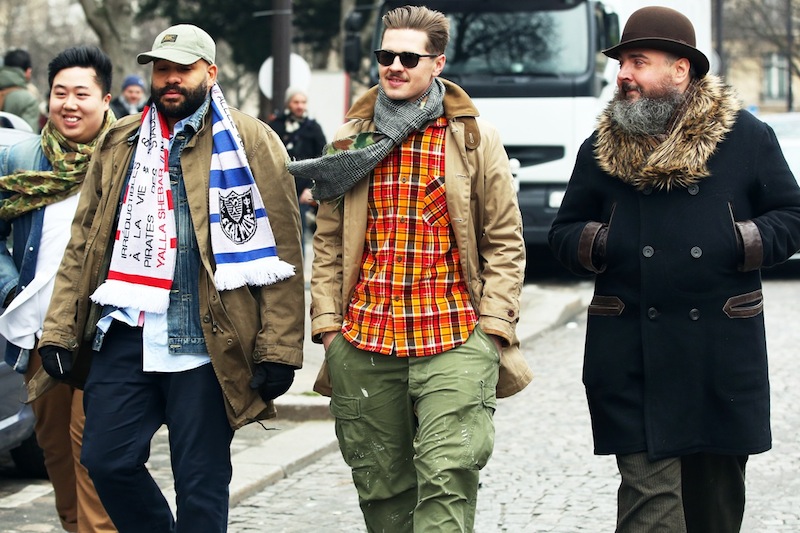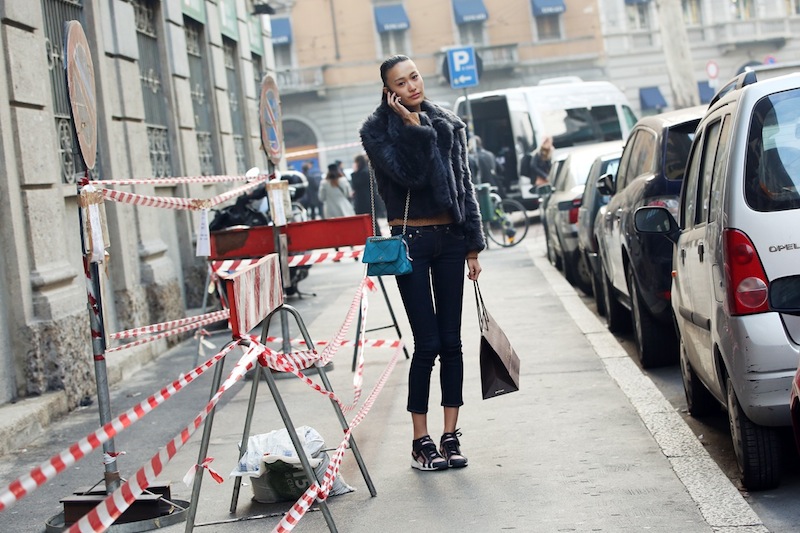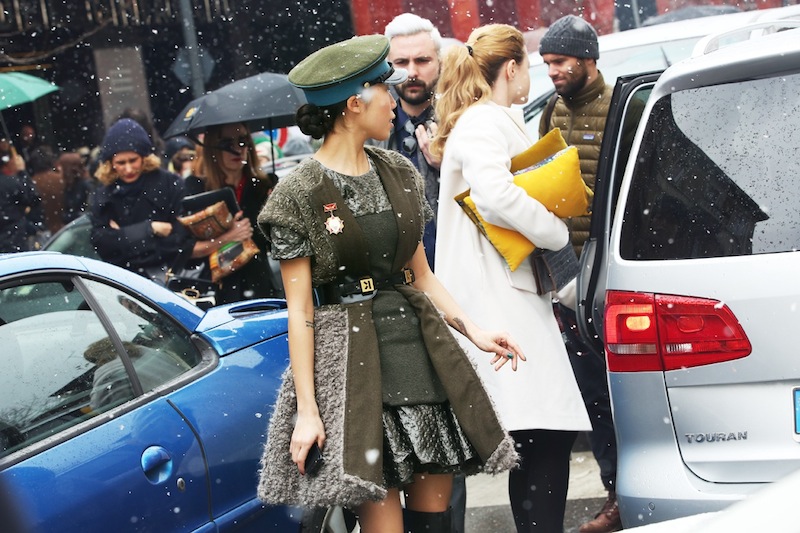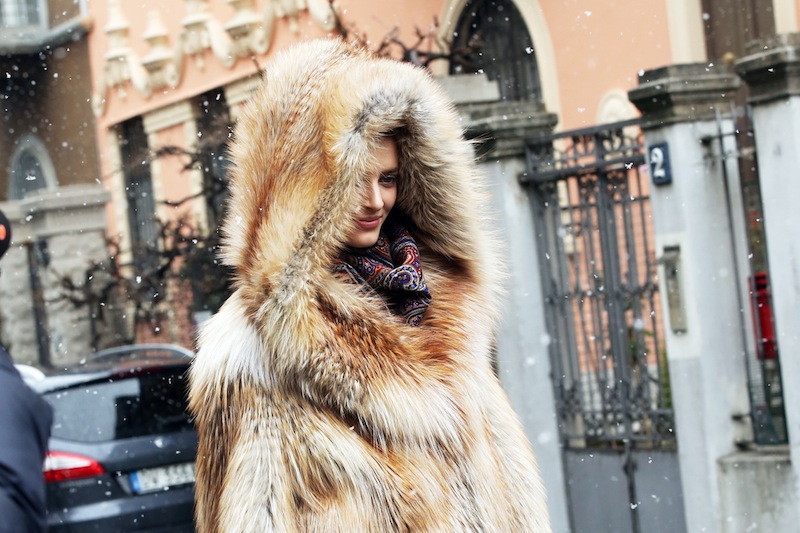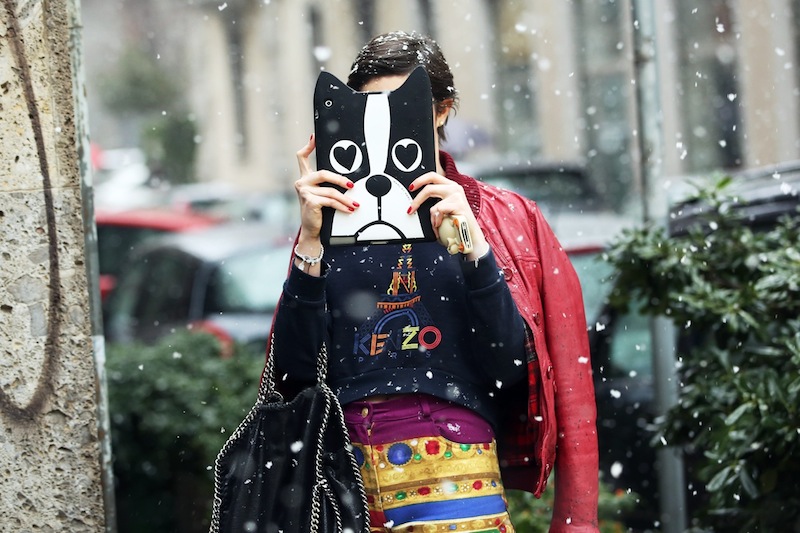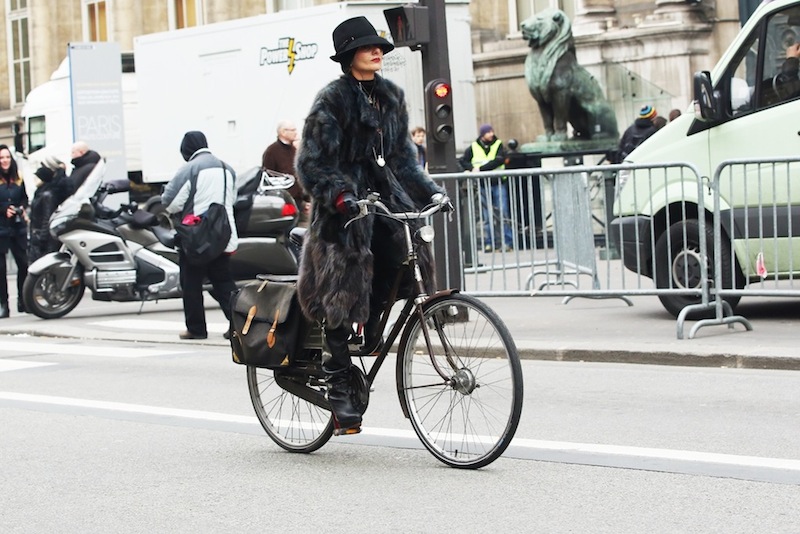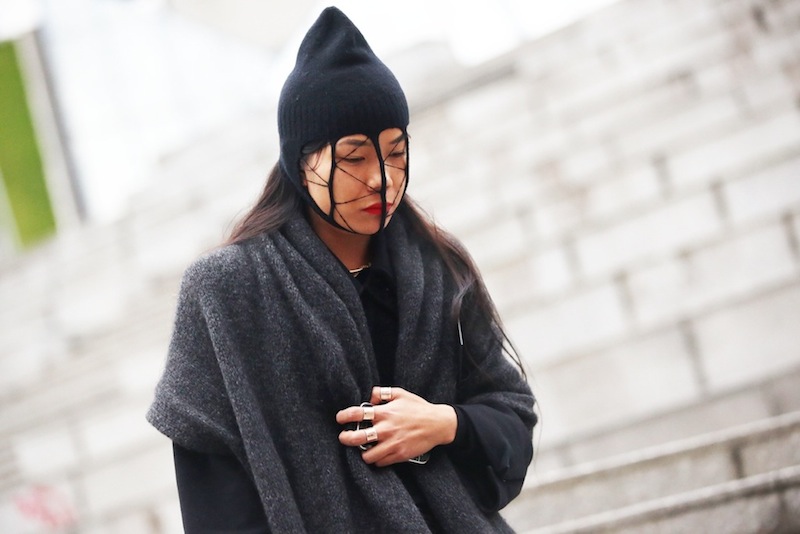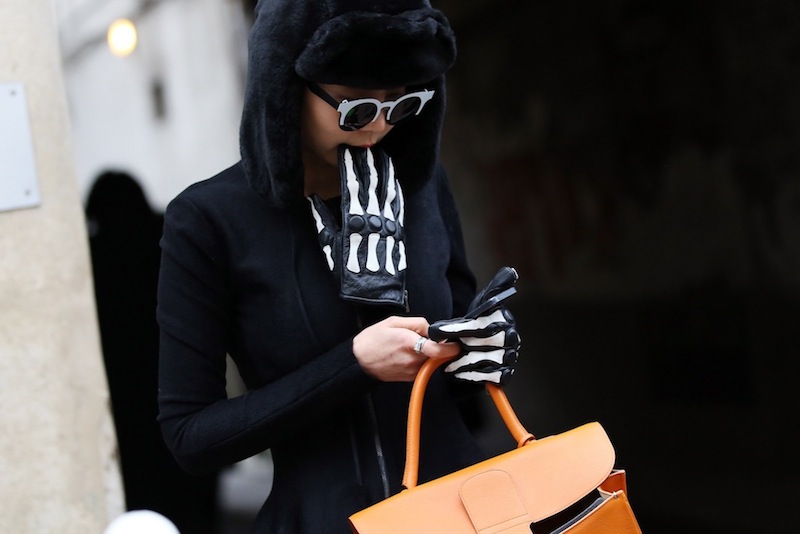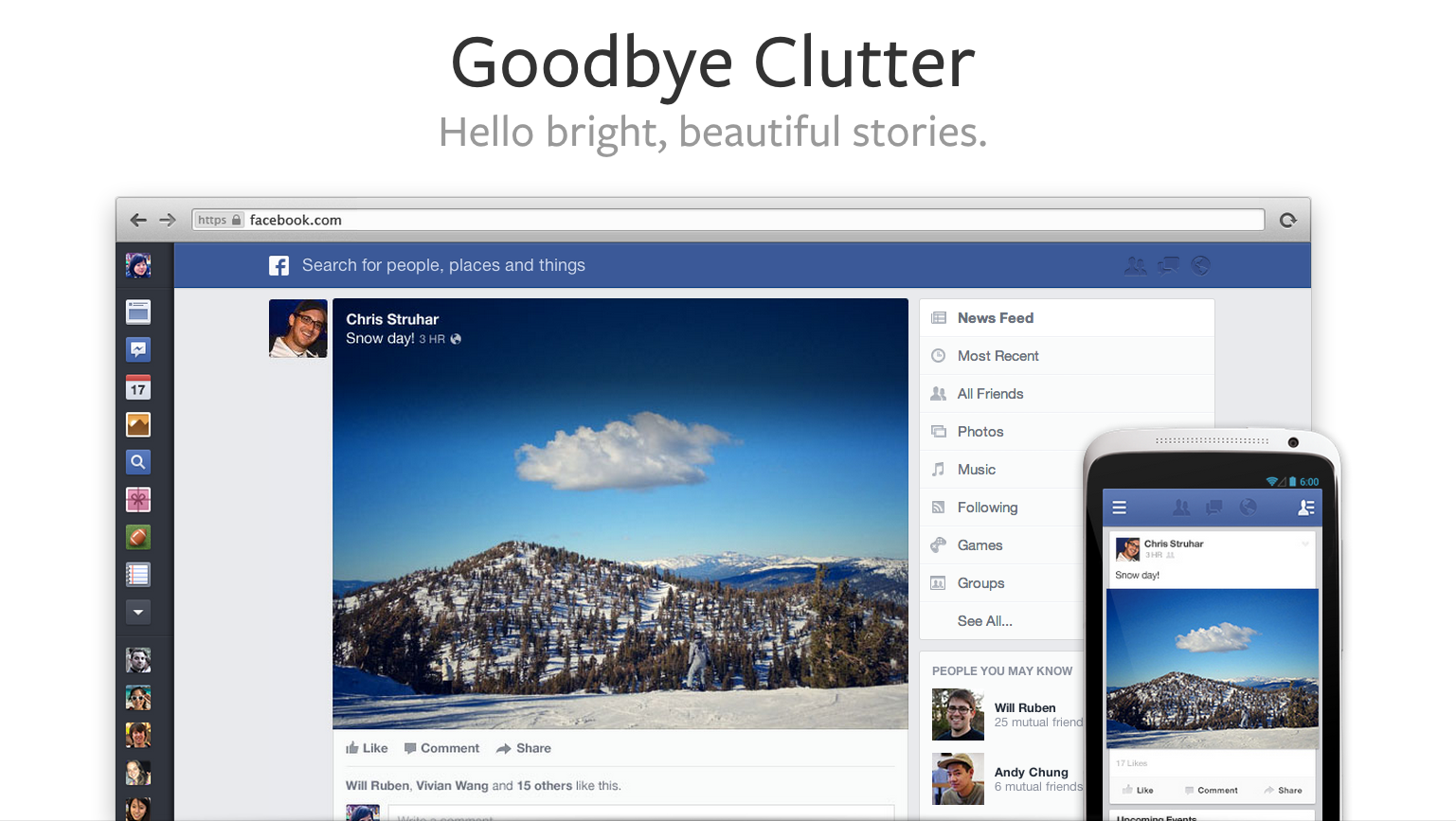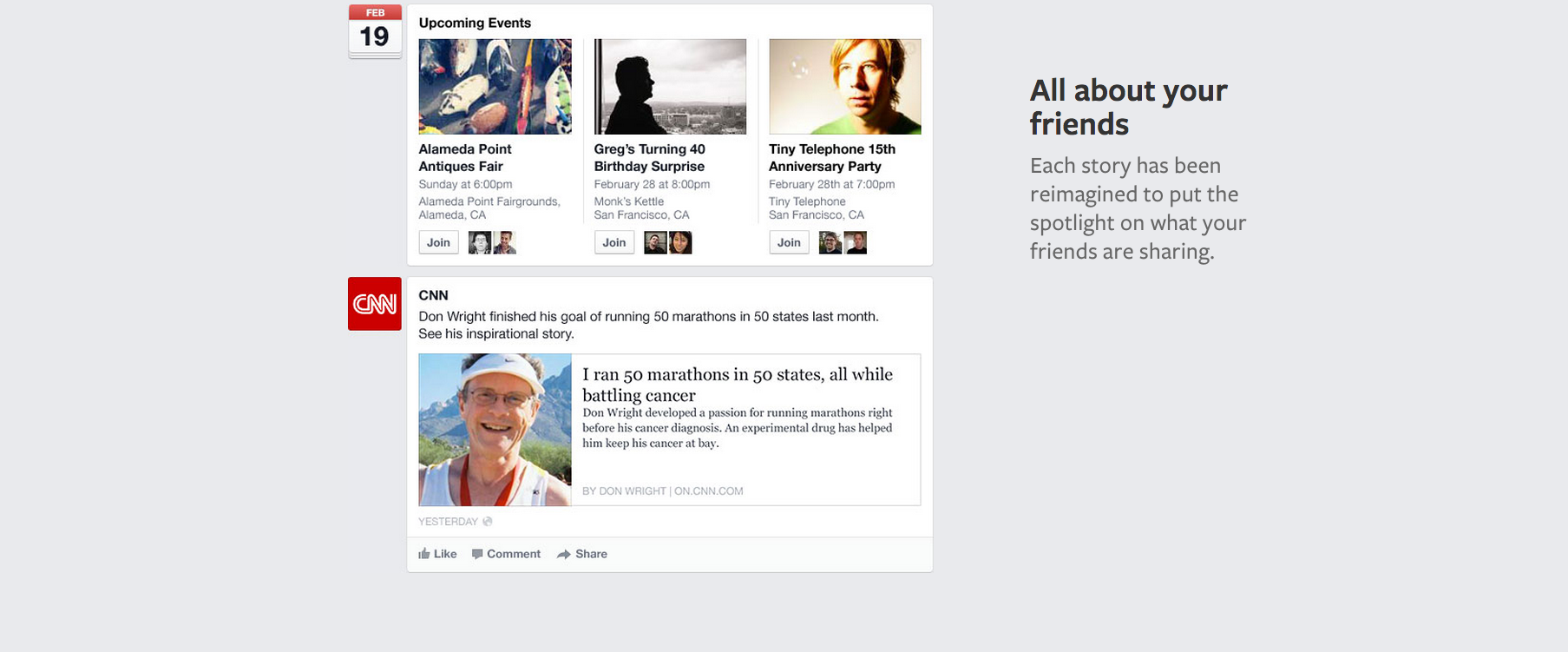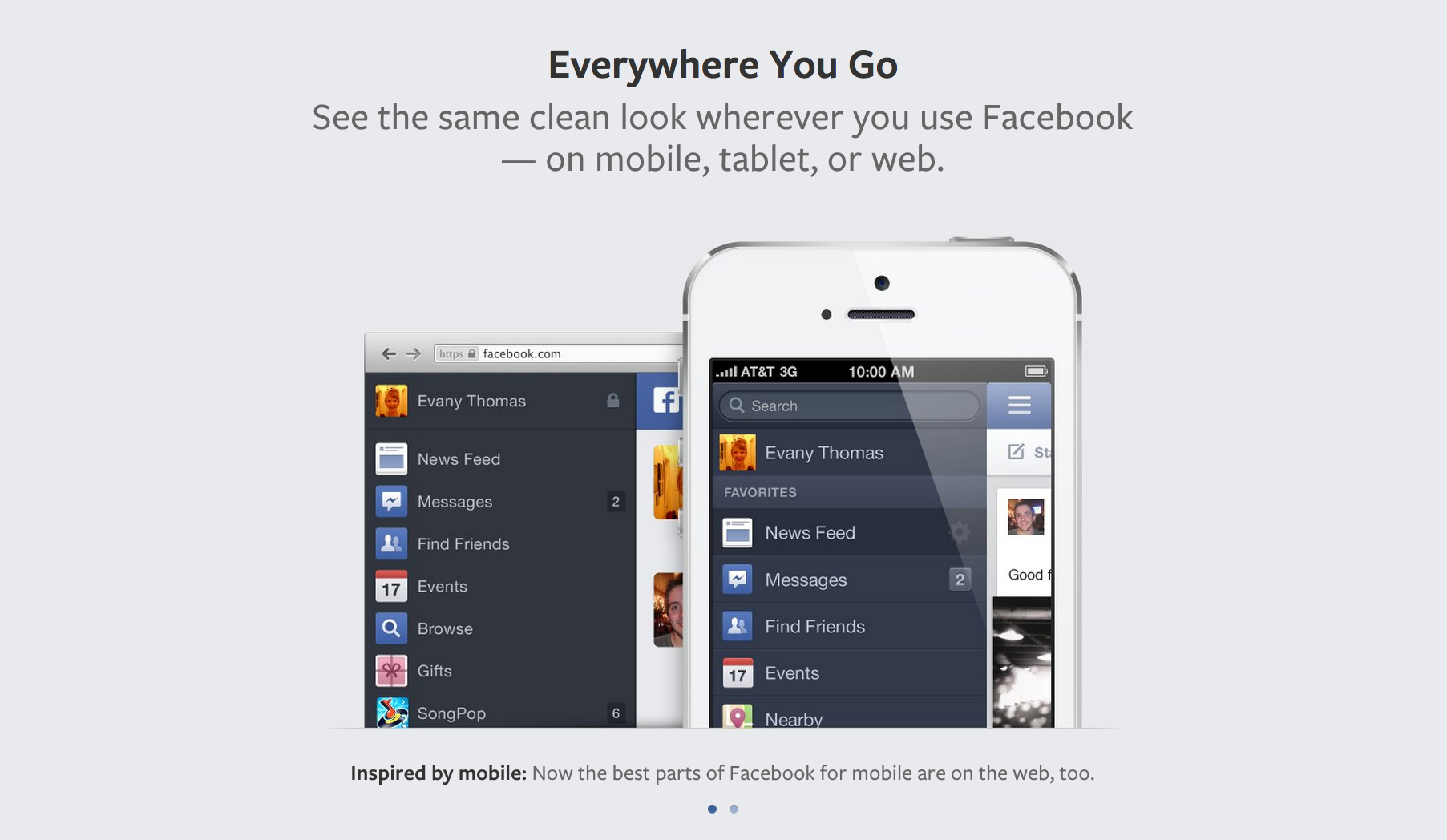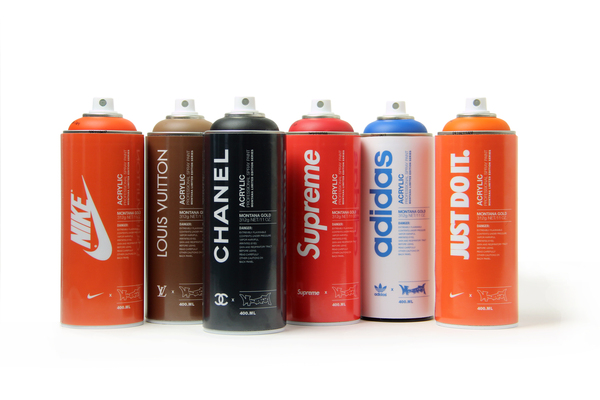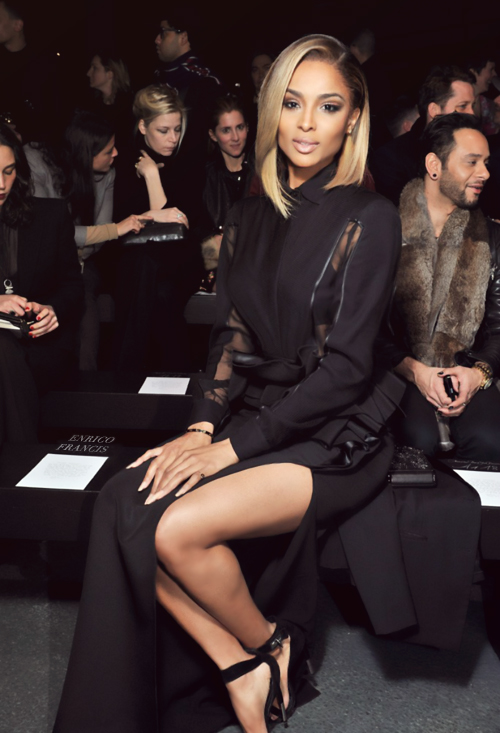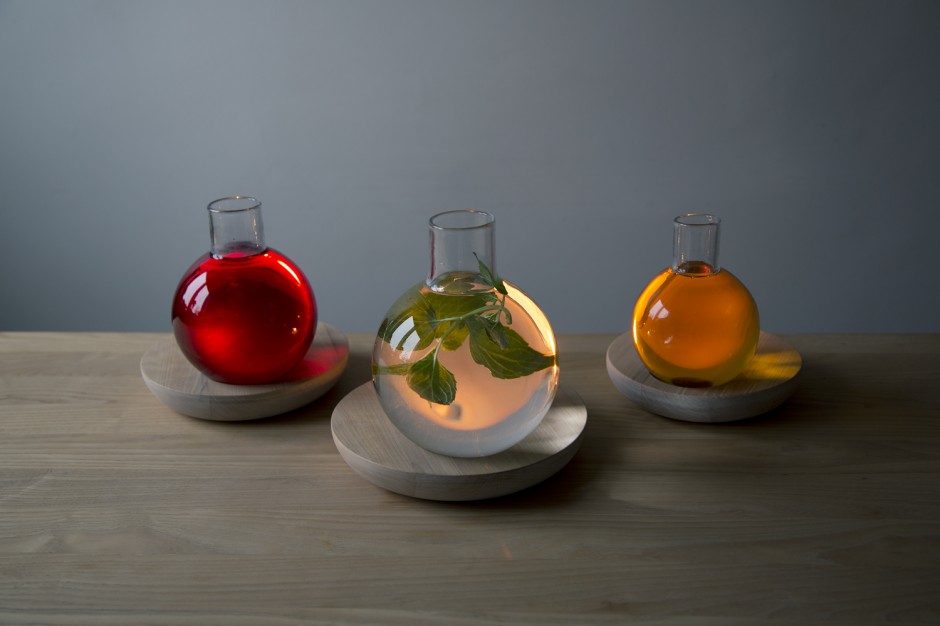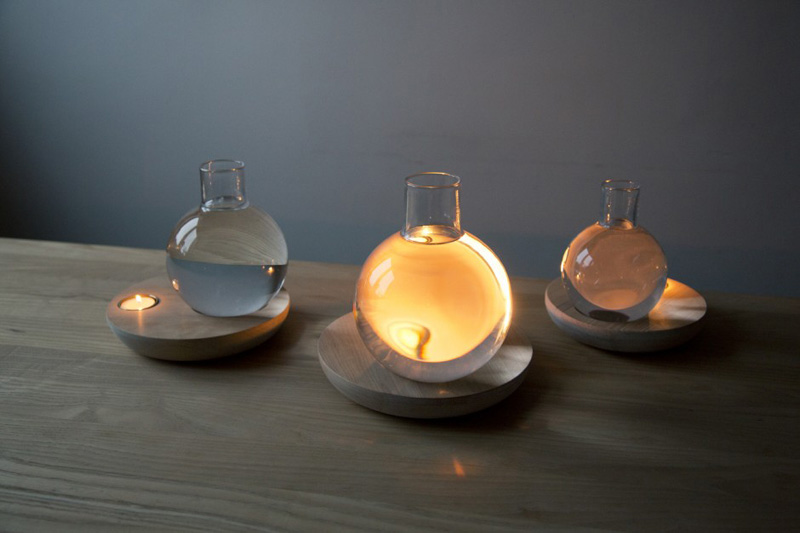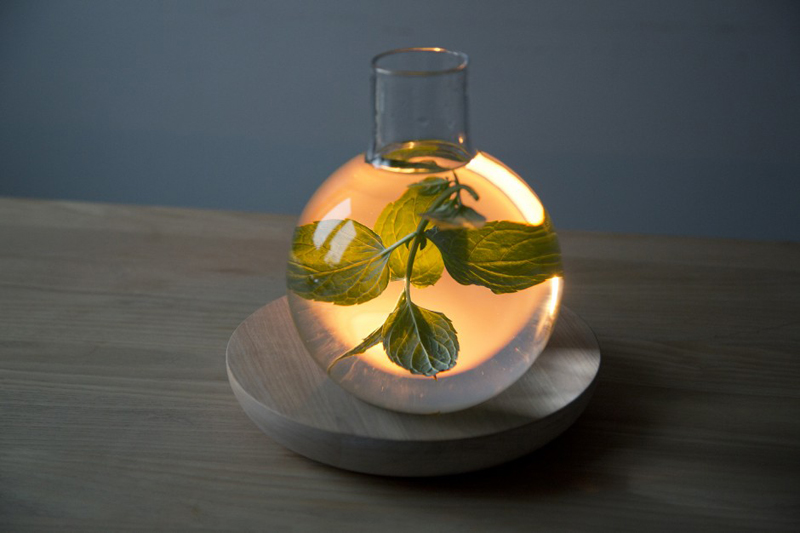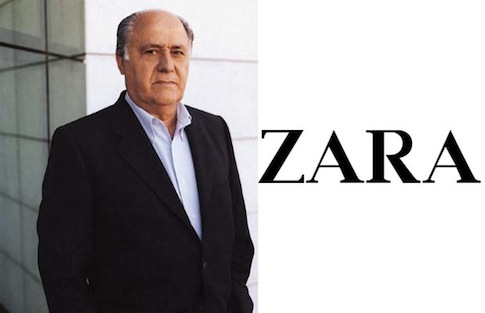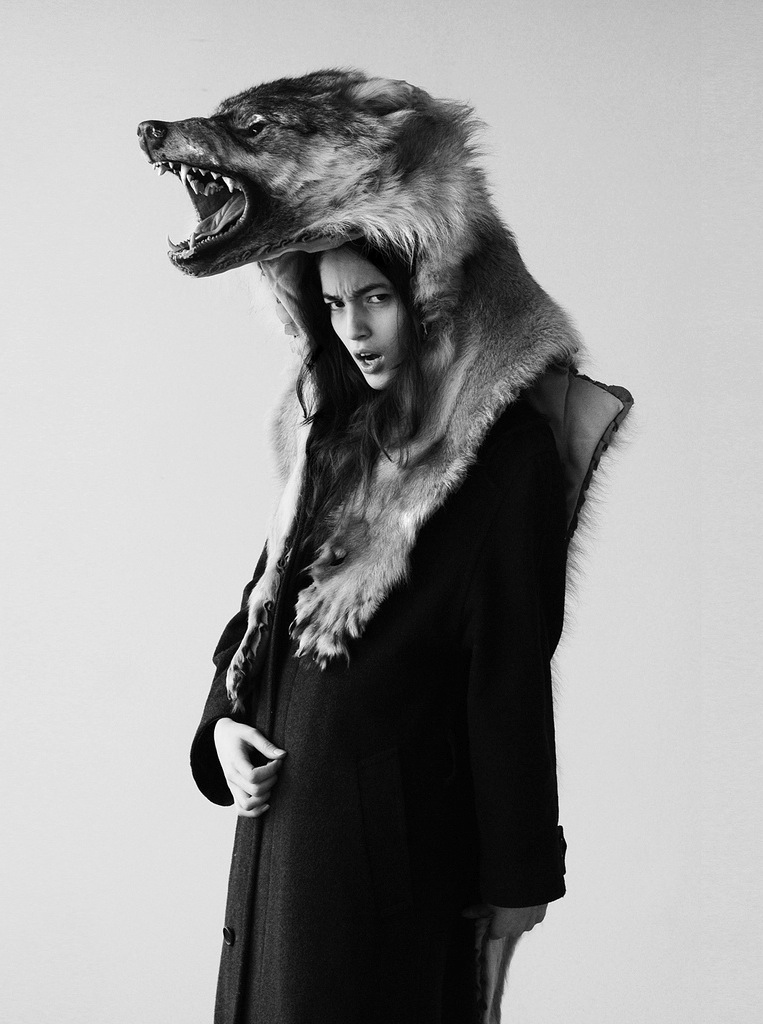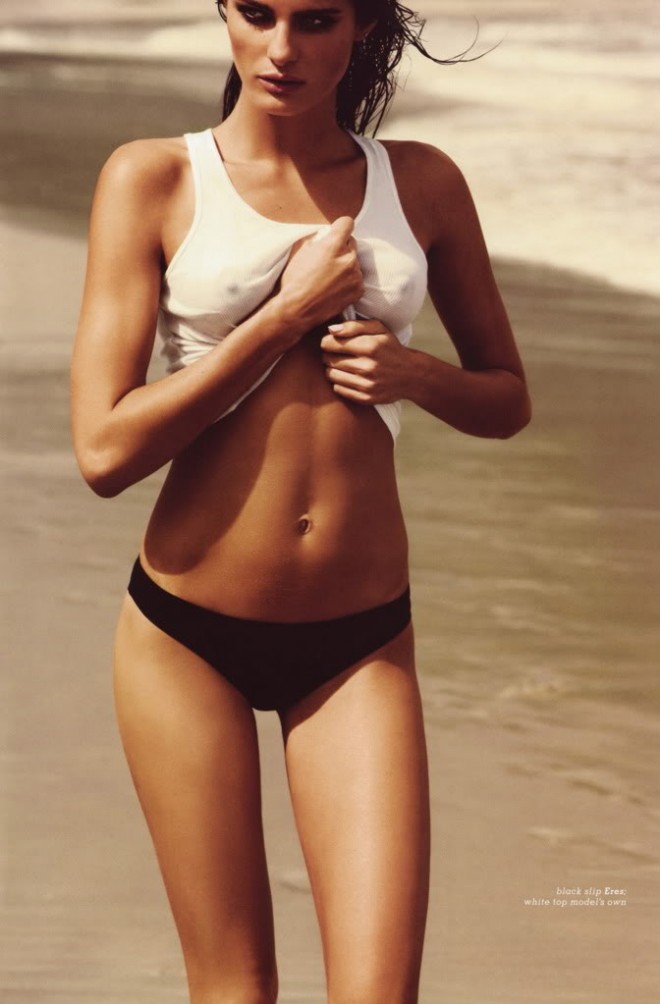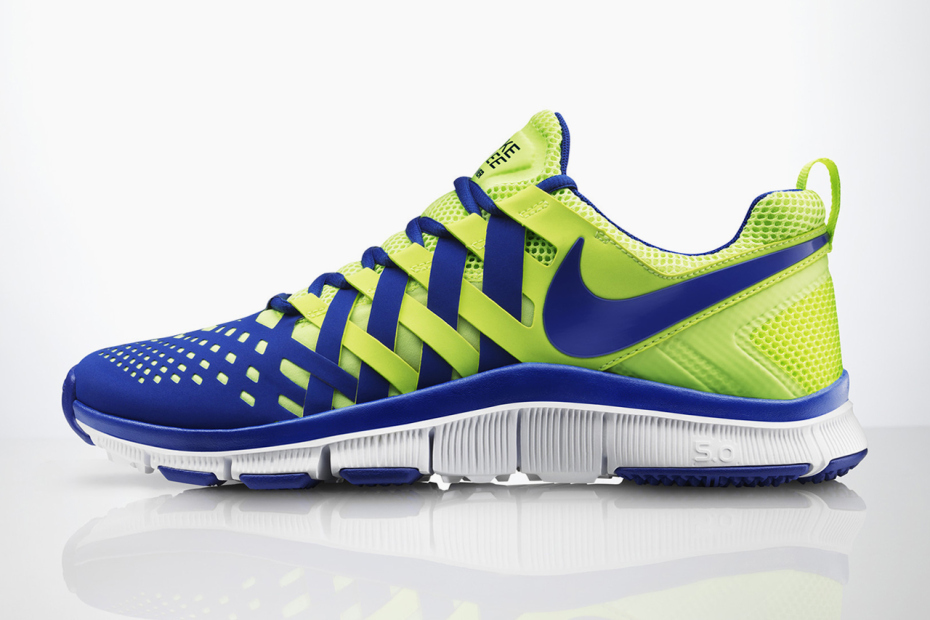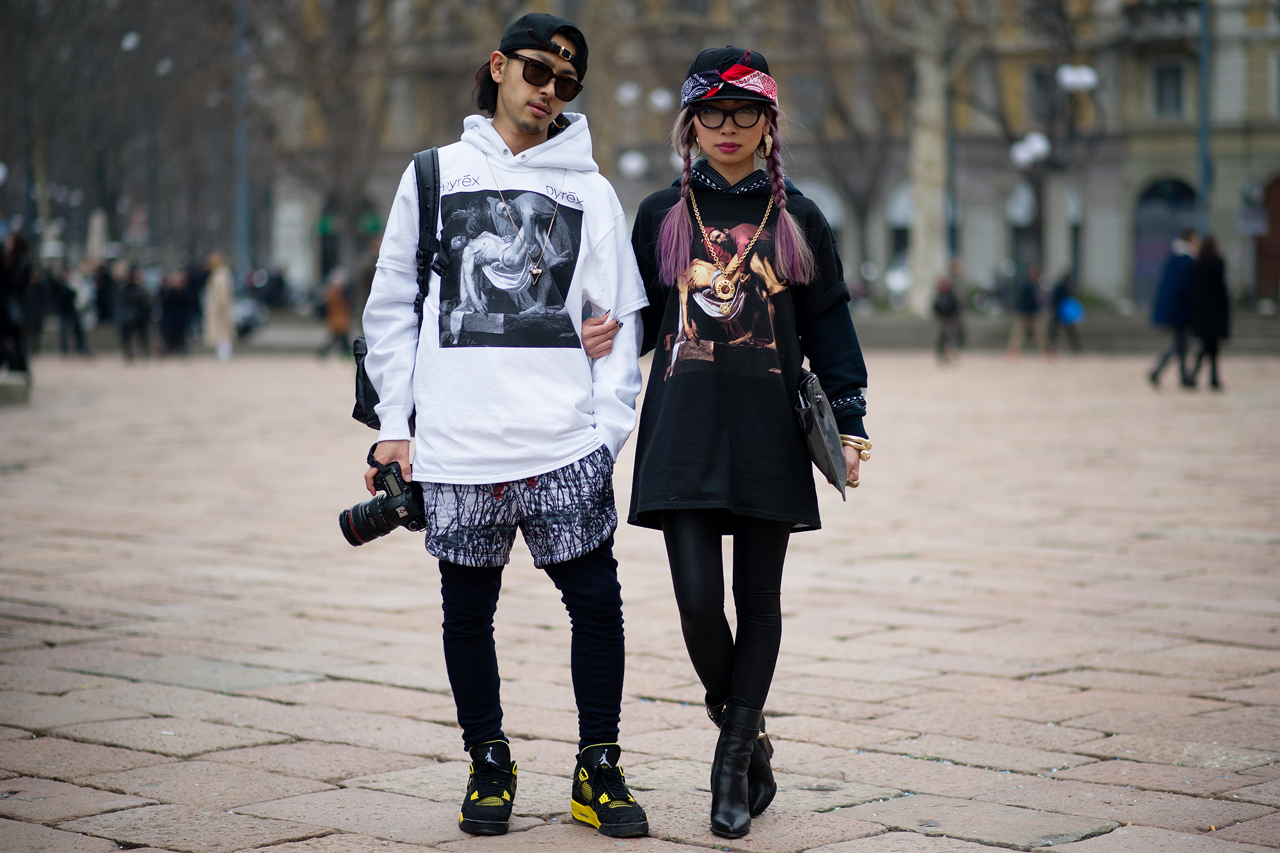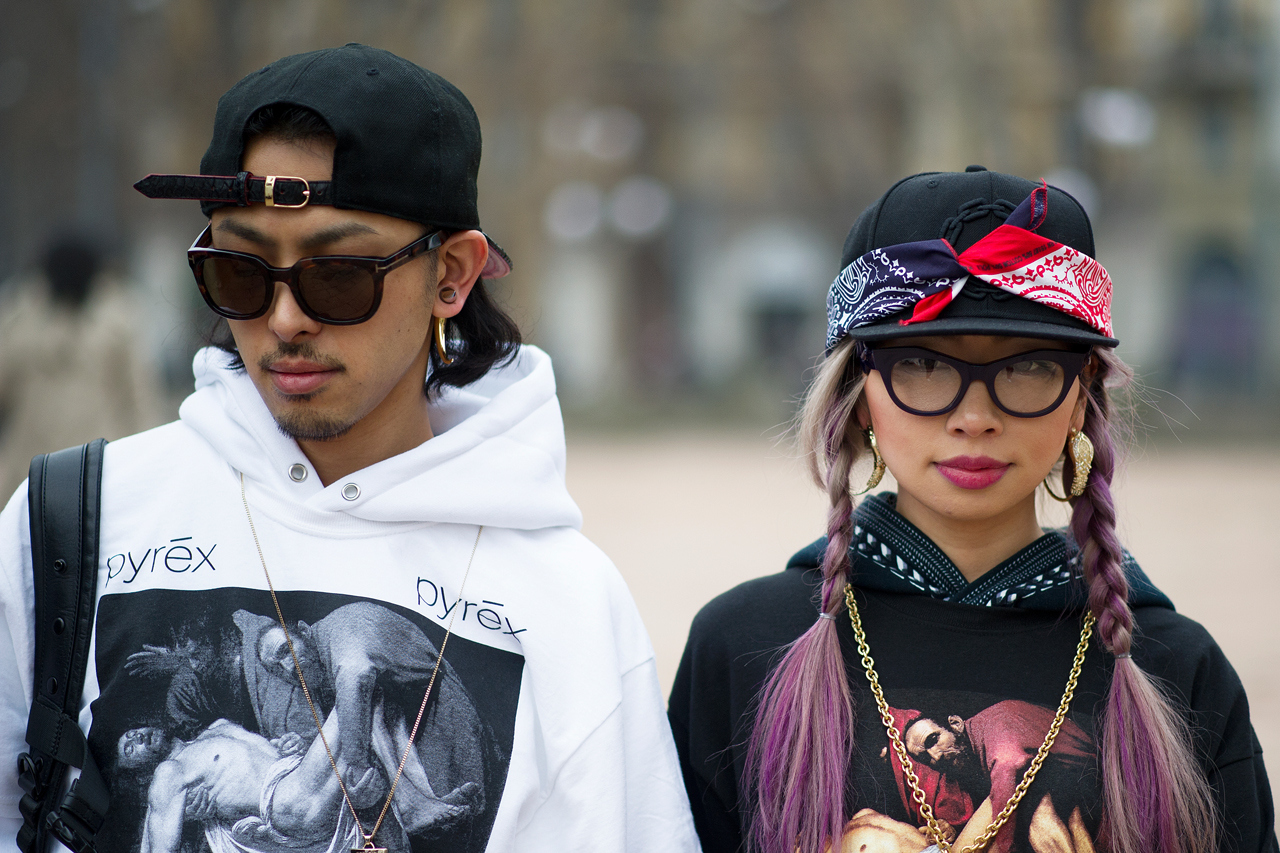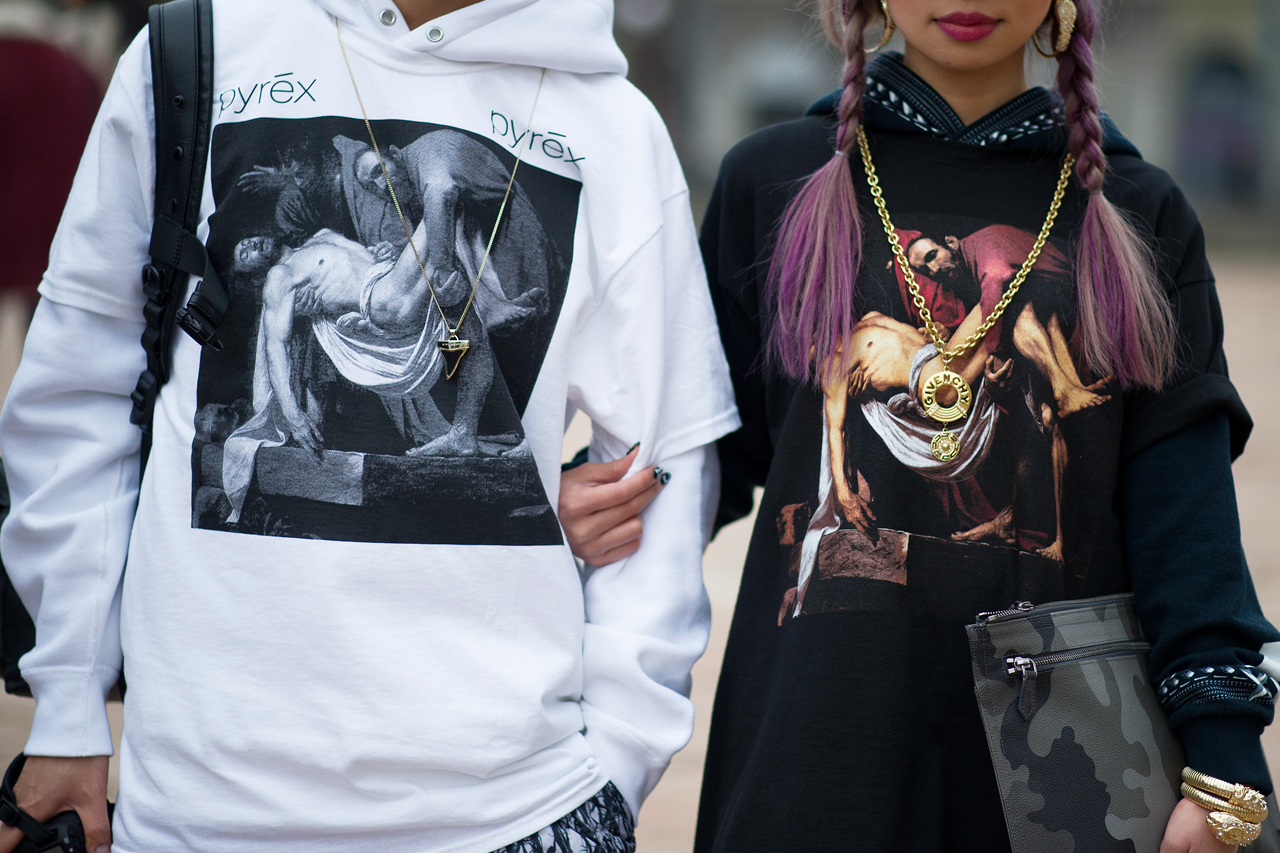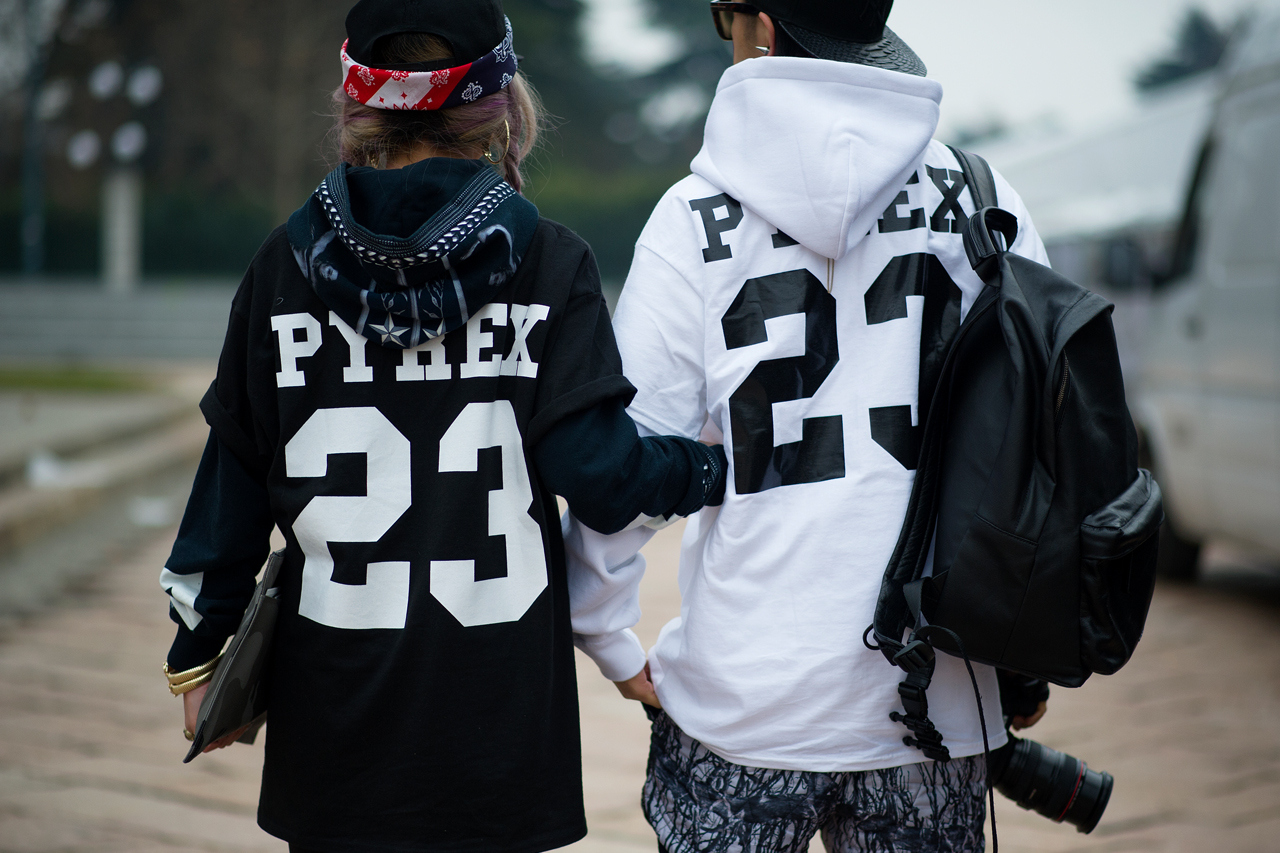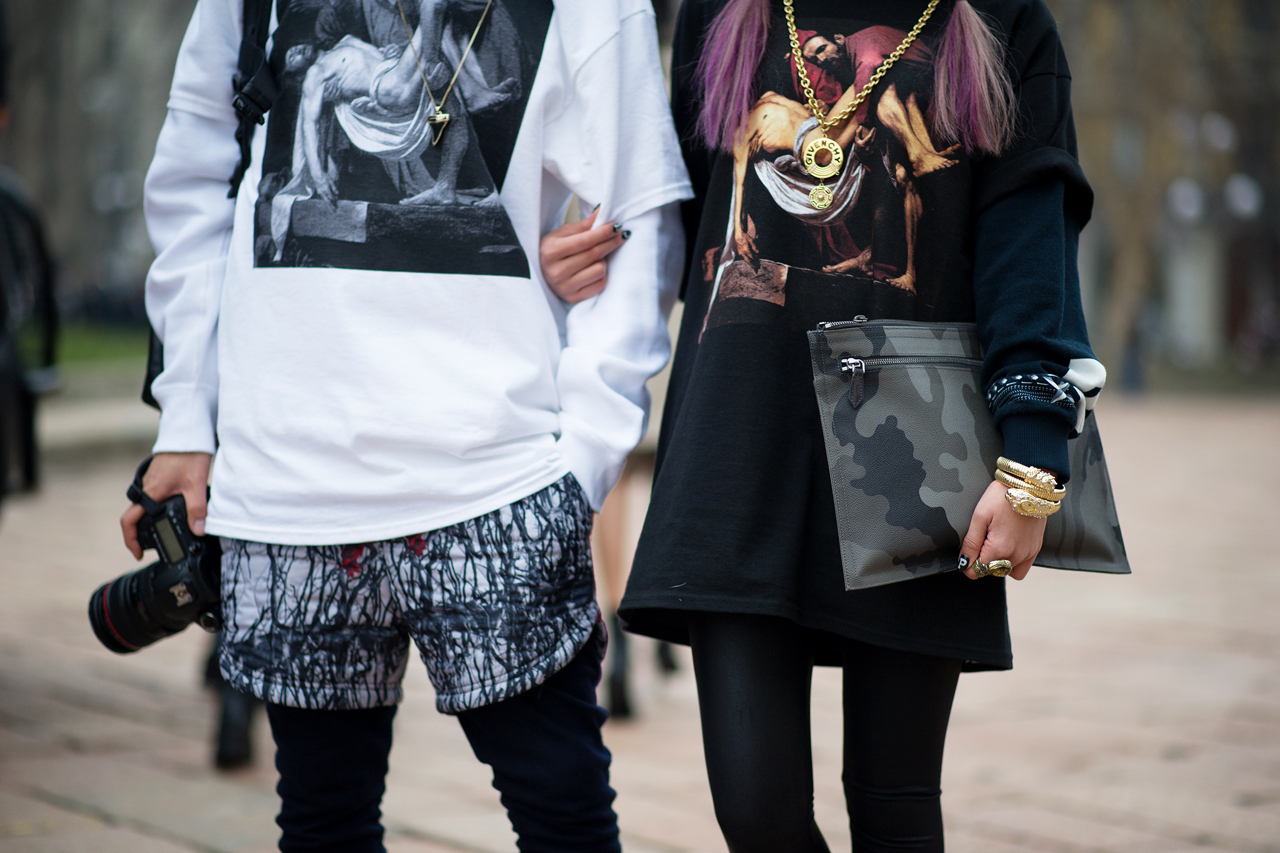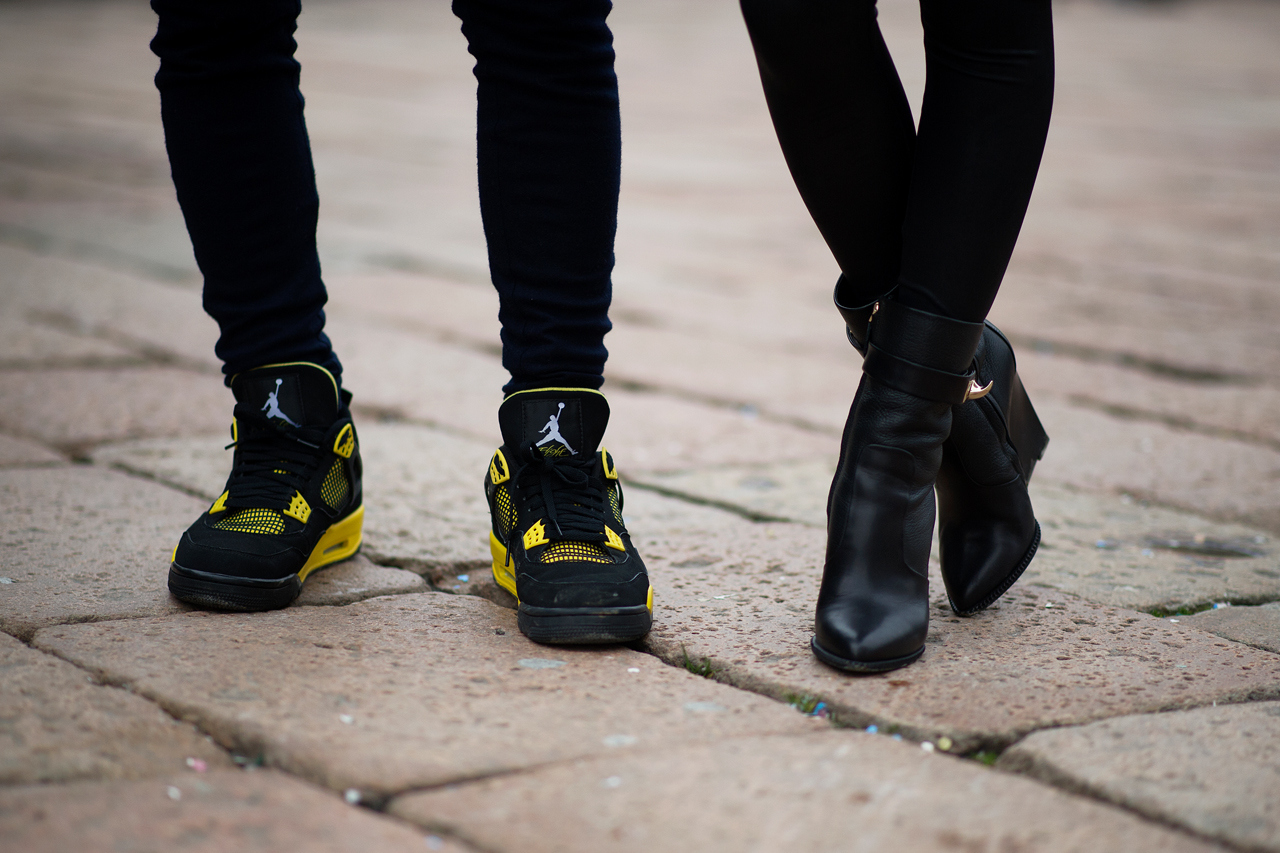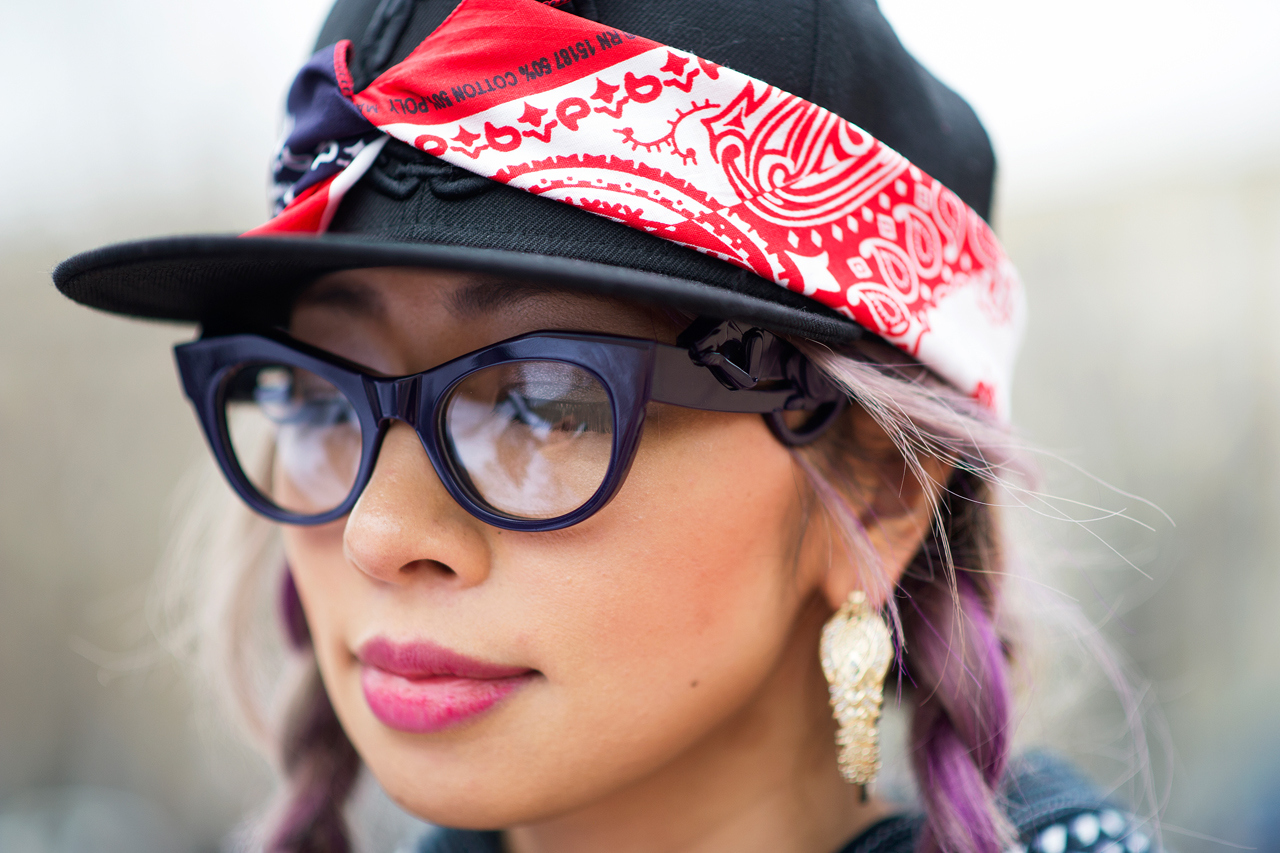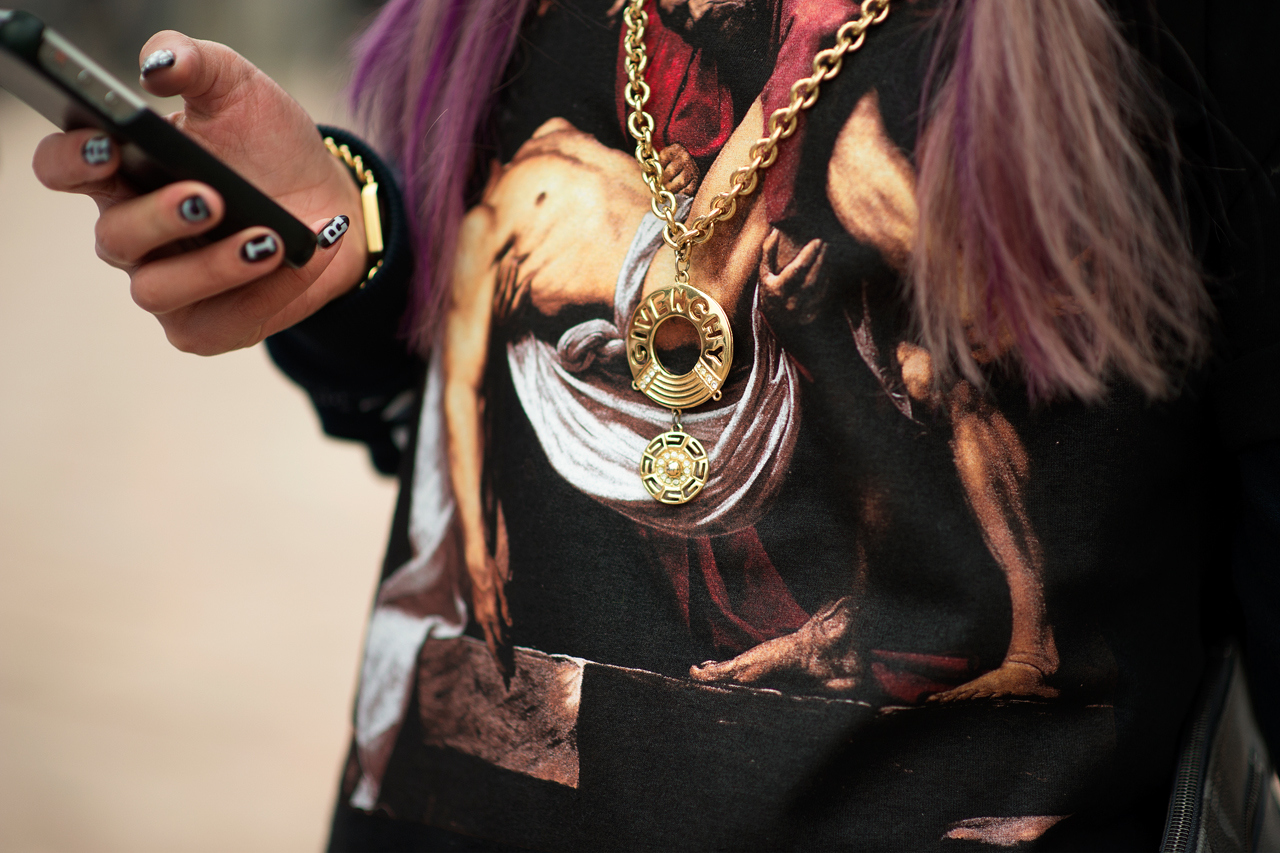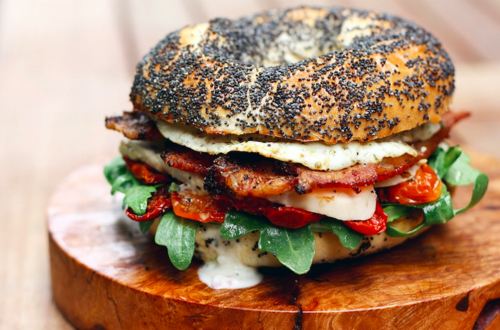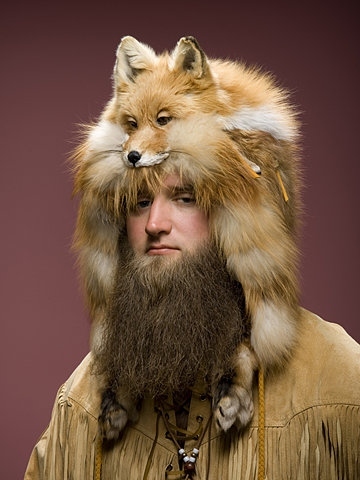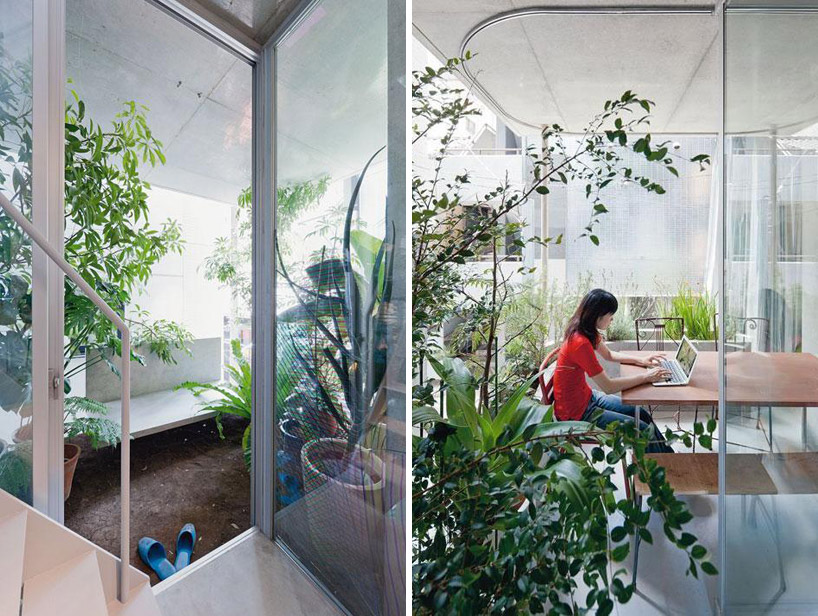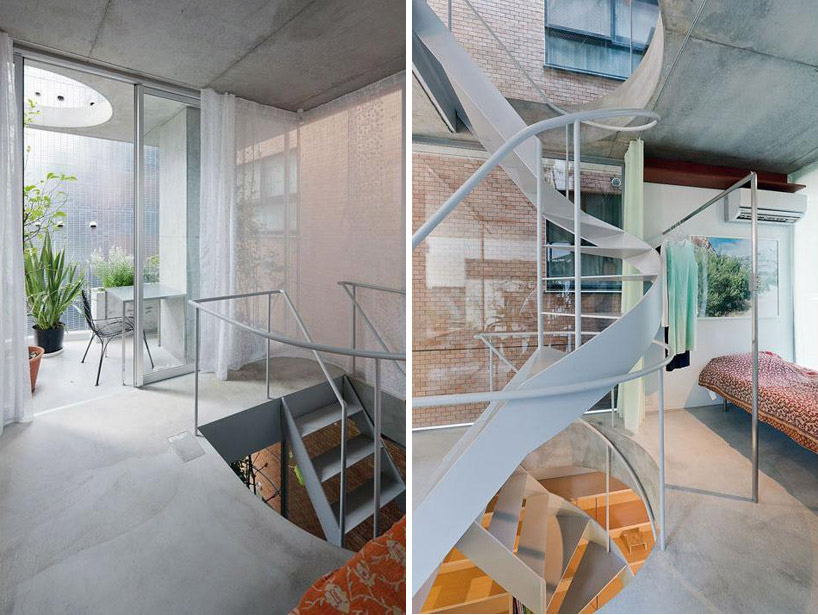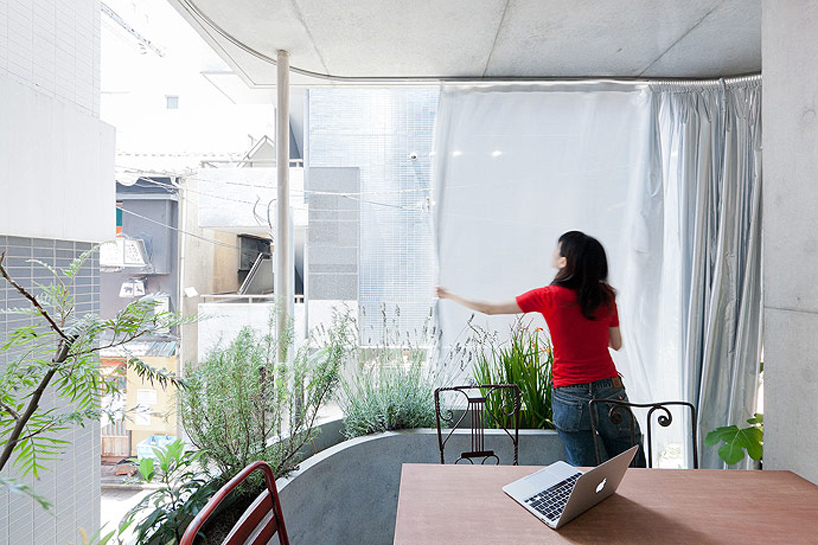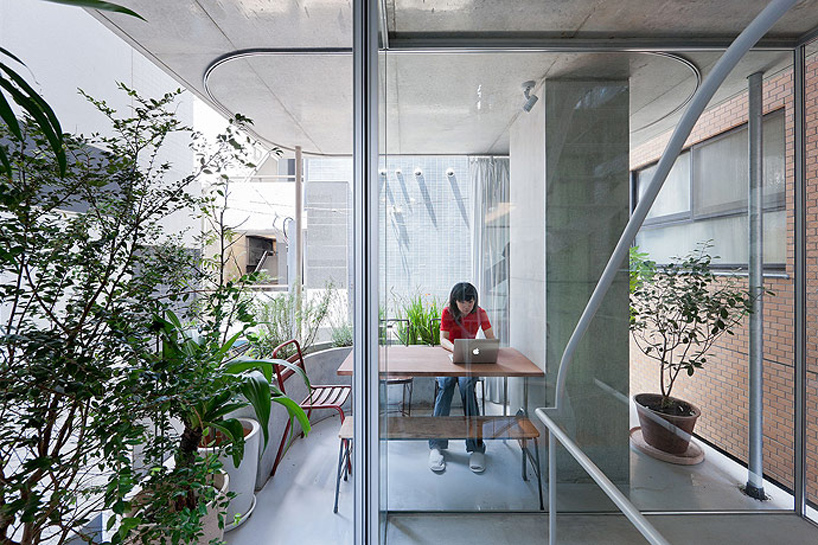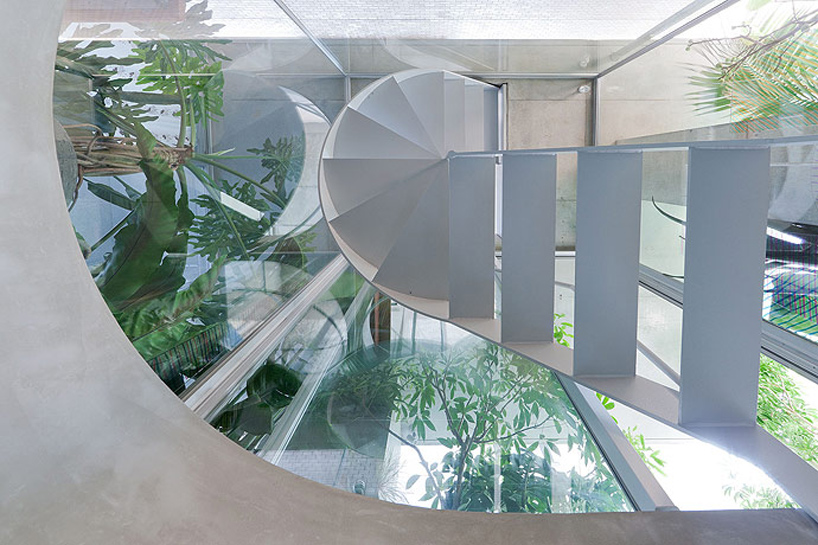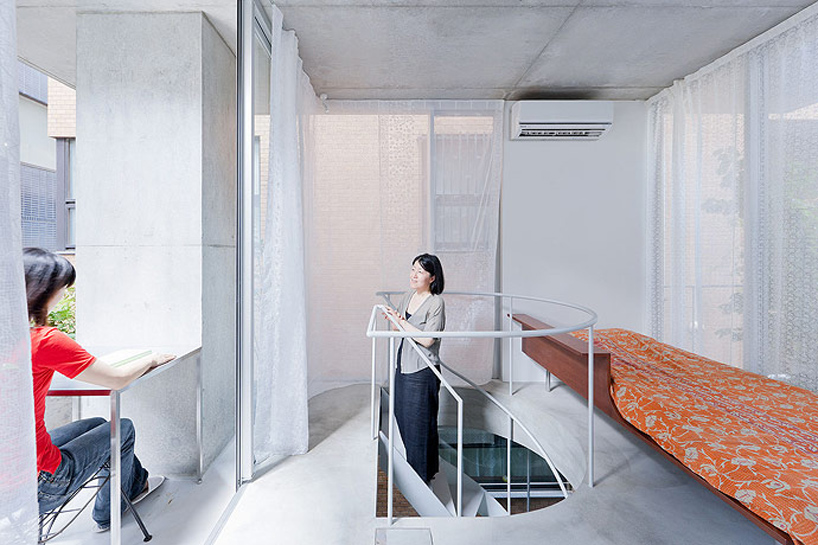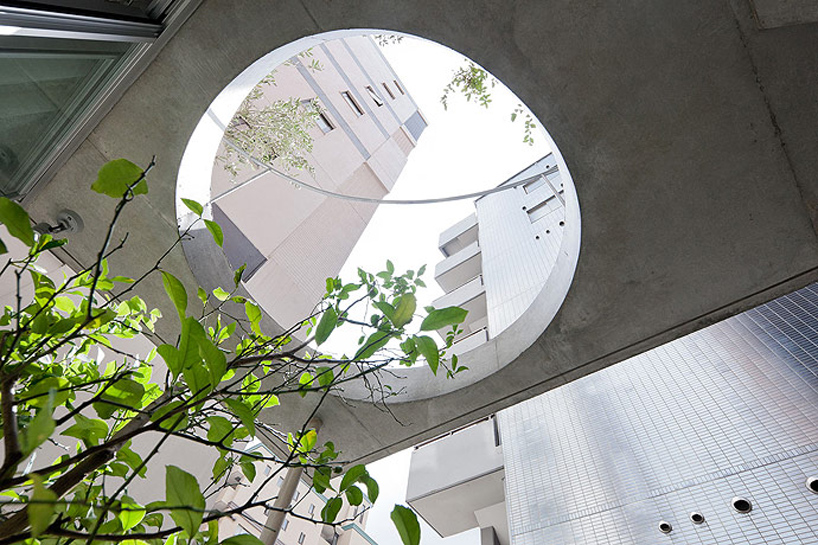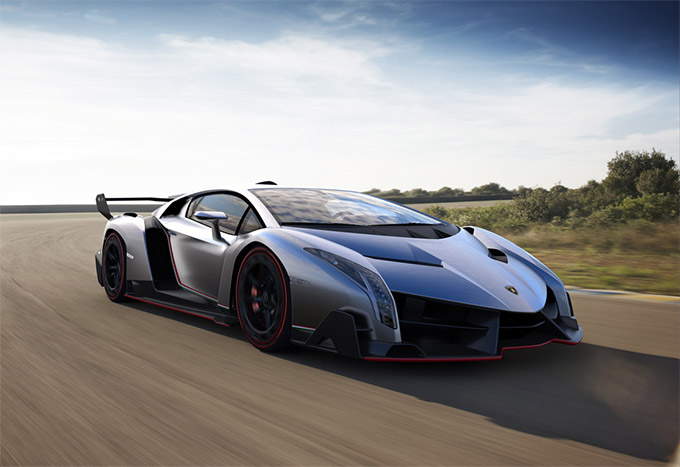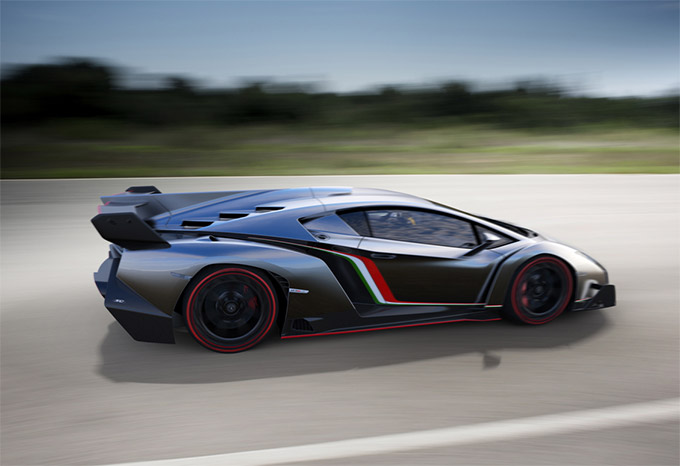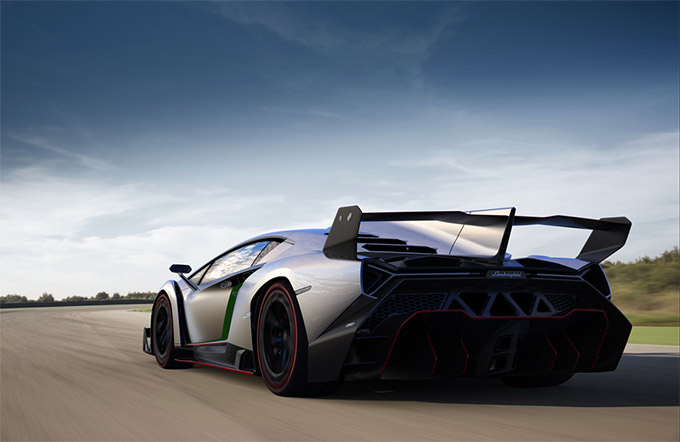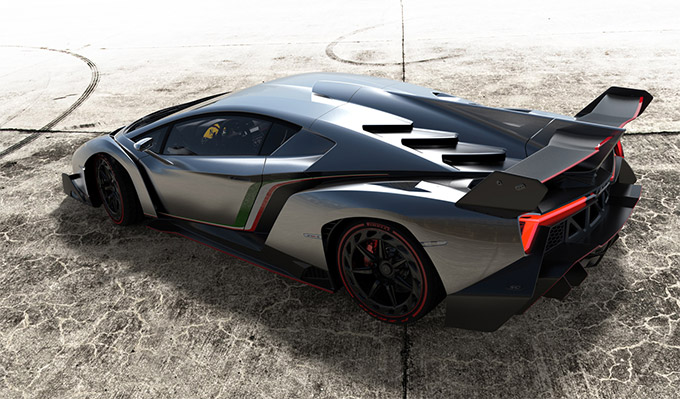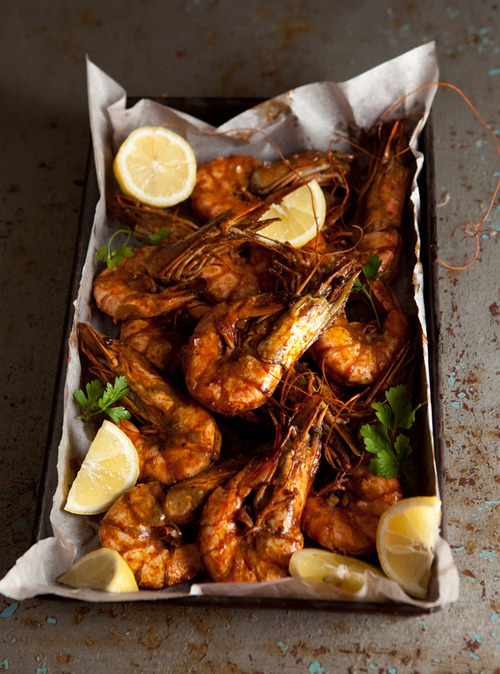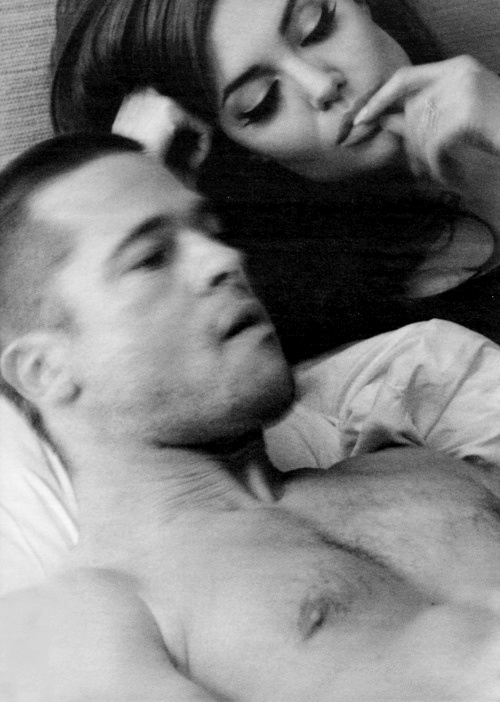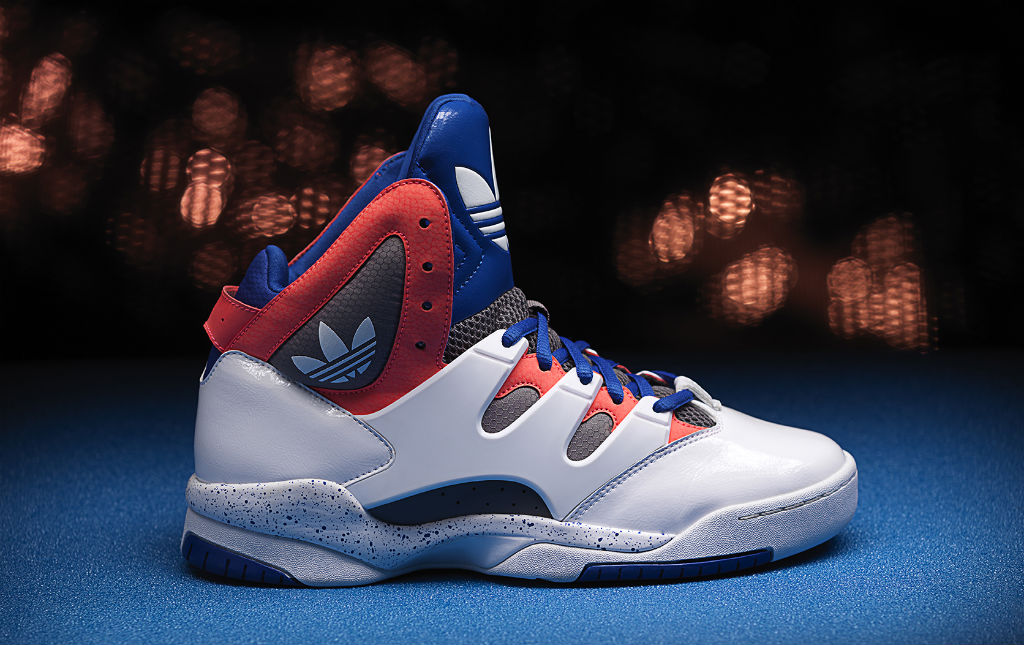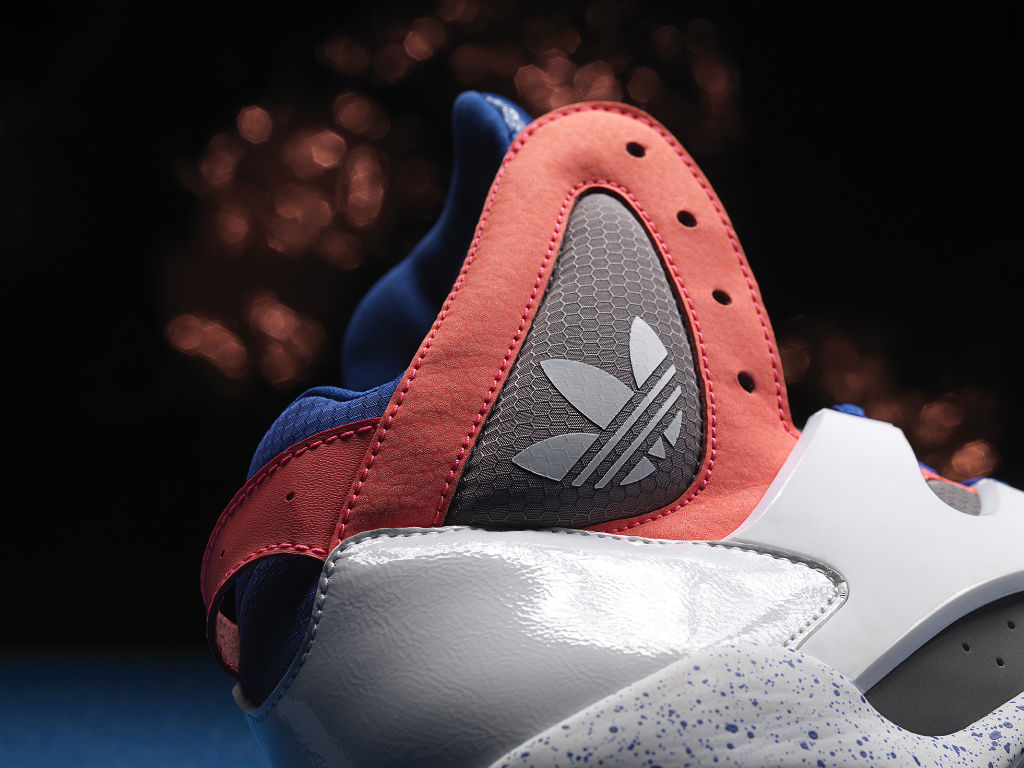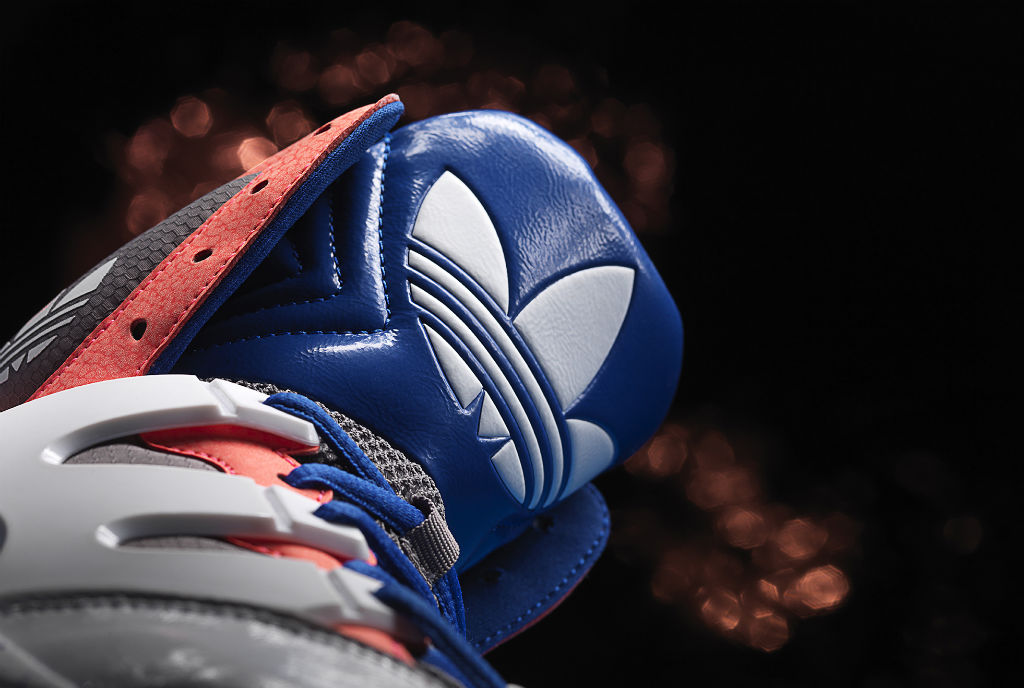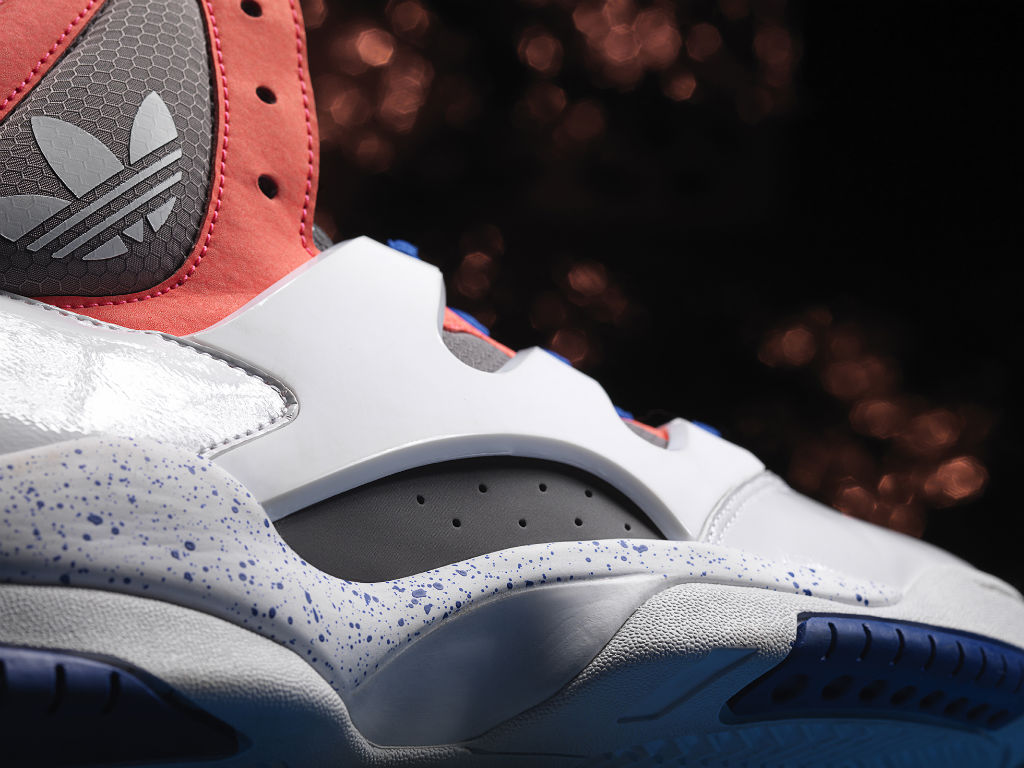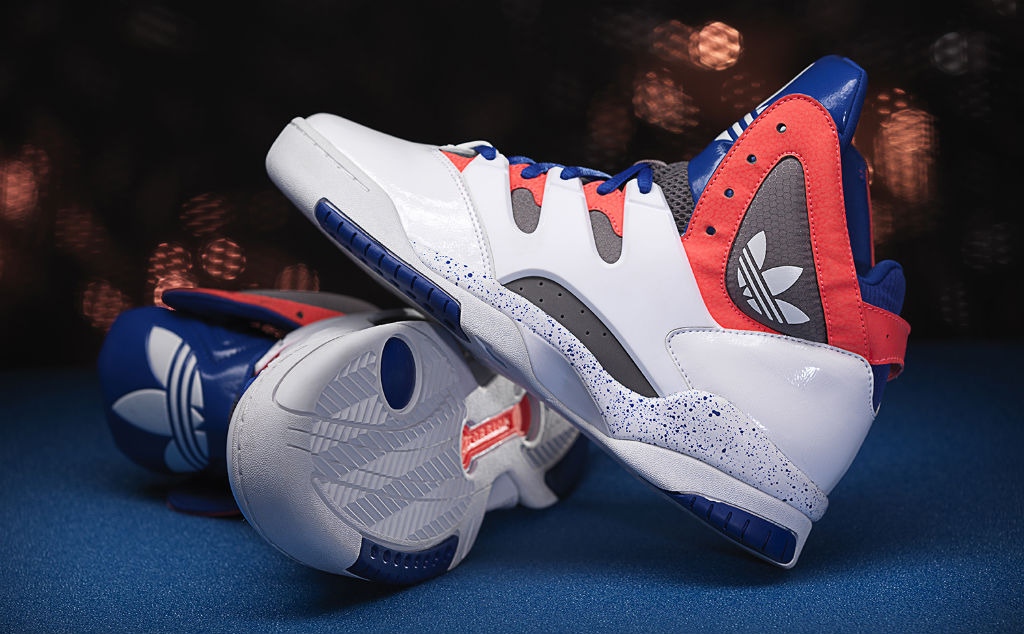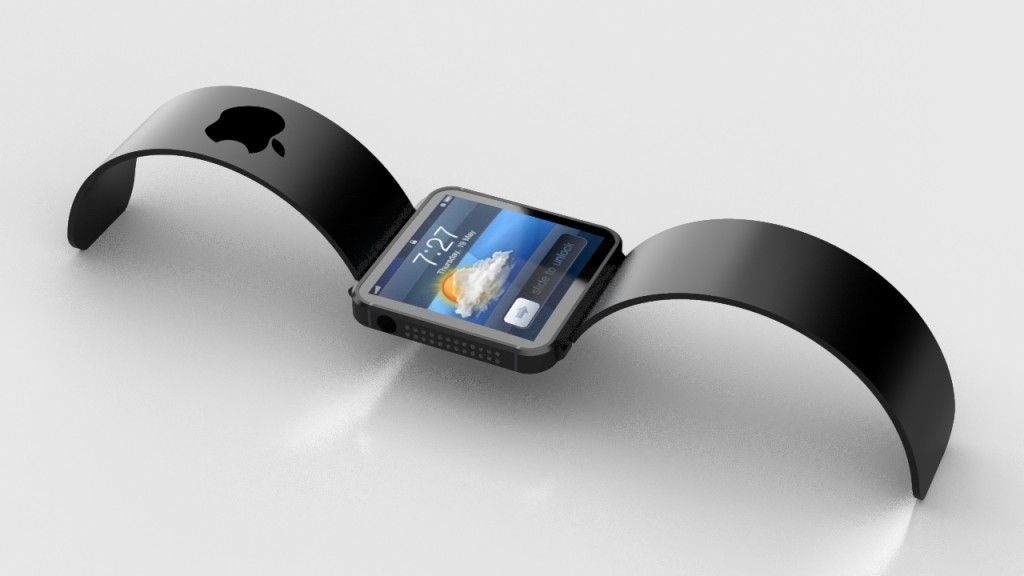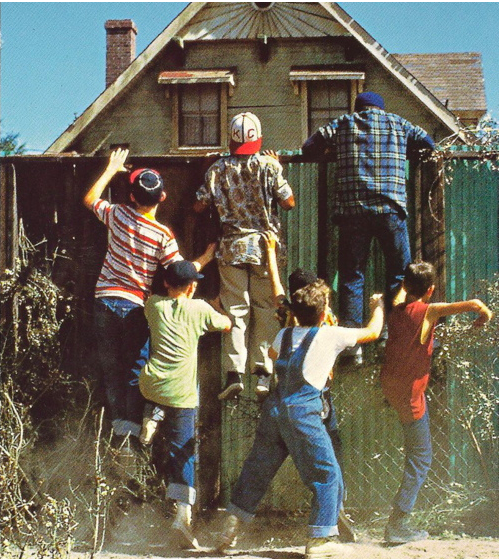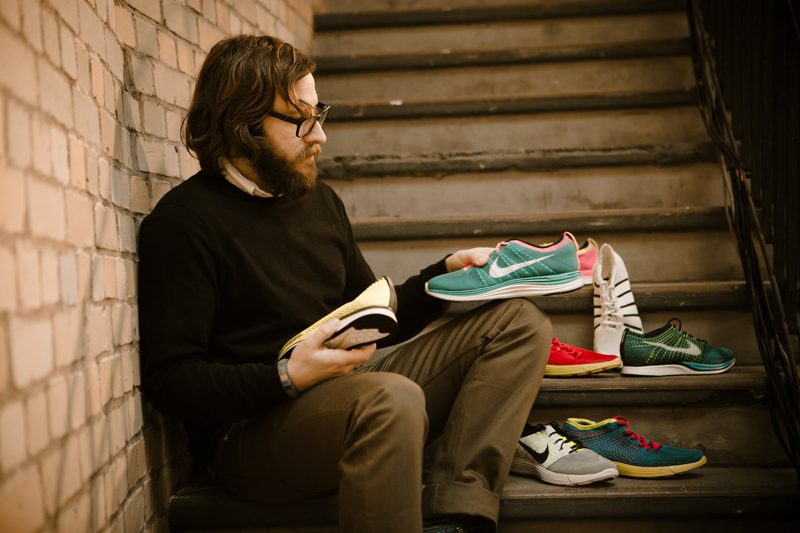Category Archives: PHOTOGRAPHY
Facebook Shows Off New Home Page Design
The New York Times article by SOMINI SENGUPTA –
MENLO PARK, Calif. — Hoping to tame the blizzard of information that has turned off many users and discouraged some advertisers,Facebook on Thursday unveiled a major makeover of the home page that greets users when they log into the site.
The new design of the Facebook News Feed presents bigger photos and links, including for advertisements, and lets users see specialized streams focused on topics like music and posts by close friends.
The changes are designed to address the company’s two most vital challenges: how to hold on to users at a time of competing, specialized social networks and how to draw more advertising dollars to please Wall Street.
Mark Zuckerberg, the company’s co-founder and chief executive, said at a news conference that he wanted Facebook to be “the best personalized newspaper in the world.” And like a newspaper editor, he wants the “front page” of Facebook to be more engaging — in particular on the smaller screens of mobile devices.
The topic-specific News Feeds could well persuade users to spend more time scrolling through various streams of content. And the redesign will offer bigger real estate for advertisers, including more opportunities for brands to feature bigger pictures, which marketers say are more persuasive than words.
Facebook’s proprietary algorithms, which try to guess what every user will want to see, will continue to filter the items that show up on each person’s main News Feed. And users will be able to drill down into specific topics they are interested in, akin to the sections of a newspaper.
For instance, they can switch over to specialized feeds that are focused on just the music they are interested in, or they can scroll through a feed that consists of posts from the pages of products and people they follow — a bit like Twitter. If they want to see everything that their friends have posted, they can choose to do that, too; those posts will rush down in chronological order, without any filtering by Facebook’s robots.
Facebook introduced the new design to some users of the Web version of its service on Thursday, and will extend it to all Web users and to mobile apps in coming weeks.
It’s unclear how users will react to the changes; in the past, major design changes have often been greeted by complaints, at least initially.
Investors seemed to welcome the new look. Shares of Facebook rose 4.1 percent on Tuesday, to $28.58. But the company’s stock price remains substantially lower than its $38 initial public offering price last May.
Facebook is clearly hoping the new format will encourage users to stay longer on the site. At the news conference to announce the changes, officials offered examples of content they hoped would be compelling: photos of a cousin’s babies on one area of the page, Justin Timberlake concert news on another, a list of stories your friends liked on National Public Radio on still another.
“The best personalized newspaper should have a broad diversity of content,” Mr. Zuckerberg said. “The most important stuff is going to be on the front page,” he went on. “Then people have a chance to dig in.”
The announcement met with swift praise from the advertising industry. In addition to bigger ad formats, the redesign’s specialized content streams could keep users glued to the site longer, marketers said.
“This will result in more time spent over all on the Facebook News Feed — and of course, increase engagement with content and ads,” said Hussein Fazal, chief executive of AdParlor, which buys advertisements on Facebook on behalf of several brands.
Facebook executives suggested that there would be no immediate changes to the number of advertisements that appear on the News Feed.
Julie Zhou, the company’s design chief, said only that ads would be more visual. “Everything across the board is going to get this richer, more immersive design,” Ms. Zhou said.
The redesign is also a nod to the ubiquity of mobile devices, which a majority of Facebook’s one billion users worldwide use to log into their accounts. Pictures will show up bigger in the News Feed. And there will be larger images of maps and links to articles. In that way, the new look is a nod to other social networks that are seeing viral growth, like Pinterest, which is built around large pictures.
The new News Feed emphasizes the importance of photographs, which are one of Facebook’s most underexploited assets. Mr. Zuckerberg said that half of all News Feed posts are pictures, compared with about a quarter of all posts a year ago. Every day, 350 million pictures are uploaded to Facebook by individual users and brands.
The new design is virtually identical on the desktop and on tablets and cellphones.
Colin Sebastian, an analyst at Robert W. Baird, said that the changes were positive for the company. “We see this as more likely enhancing the longer-term value of Facebook for both users and advertisers rather than adding materially to financial performance in the very near term,” he said.
Users weighed in on Twitter.
“Not sure if @facebook is merchandising our attention or Zuckerberg cares about our reading habits,” Daixin Neill-Quan, a self-described Boston University senior, posted after the news.
Others pointed out that Flipboard, a popular app, already offers a personalized newspaper in which users choose the topics and publications they are interested in.
Siva Vaidhyanathan, chairman of the media studies department at the University of Virginia, said the redesign could help educate users as to just how much Facebook’s algorithms filter what they see on what they think of as their social network.
“Users will at least be under less of an illusion that what’s happening on Facebook is merely a function of what their friends are doing,” he said. “Facebook is the puppet master of our social network.”
Montana Spray Paint concept by Antonio Brasko
The Liquid Light Series by Kristine Five Melvær
The Liquid Light series is part of the Still Life project, where Melvær reinterprets traditional still life motives.
Liquid Light is a birch wood plate holding a glass carafe and a brass socket for a candle. When the carafe is filled with liquid and the light is lit, the carafe works as a lens that amplifies the light. The light is colored by the liquid and gives a glowing light to the dinner tables in the Scandinavian winter evenings. The object is inspired by the Cobbler’s Lamp from the 17th Century.
Liquid Light is exhibited at the Food Work Exhibition – an independent project initiated by Torbjørn Anderssen and Espen Voll, two of the founders of Norway Says. 21 designs by 8 Norwegian designers are to be shown at Tokyo Midtown Hall during Designtide Tokyo 2012 from October 31st to November 4th.
As the title indicates, the topic of the project is food: storage, preparation, presentation, and eating. These objects spring out of simple and ordinary, yet essential and vital, actions that tie people together across cultural differences. The objects are designed for everyday situations in Norway – they are Norwegian. However, we have been inspired by Japanese culture, or rather by our particular understanding of Japanese culture. In other words, we have attempted to make Norwegian objects that could also be relevant to Japanese living. Our goal is to draw inspiration and knowledge from how our work is experienced in Tokyo.
Materials: Birch wood, brass socket, glass.
Photos: Erik Five Gunnerud
The 20+ Richest Billionaires in Fashion
Forbes releases its annual billionaires list. This years list features 20+ names in fashion including Zara titan Amancio Ortega, who came in at number three between Bill Gates and Warren Buffett with a net worth of $57 billion. LVMH’s Bernard Arnault is a few notches below at number 10 with a net worth of $29 billion, while L’Oreal heiress Liliane Bettencourt came in at number nine with $30 billion, making her the world’s richest woman.
New to the list are Tory Burch with $1 billion, and Domenico Dolce and Stefano Gabbana with $2 billion each. At 46, Burch is America’s second-youngest self-made female billionaire after Spanx founder Sara Blakely.
3. Amancio Ortega, Zara, $57 billion
10. Bernard Arnault, LVMH, $29 billion
12. Stefan Persson, H&M, $28 billion
56. Phil Knight, Nike, $14.4 billion
66. Tadashi Yanai, Fast Retailing, $13.3 billion
78. Miuccia Prada, Prada, $12.4 billion
131. Giorgio Armani, $8.5 billion
145. Alain & Gerard Wertheimer, Chanel, $8 billion
166. Ralph Lauren, $7 billion
248. Isak Andic, Mango, $5 billion
248. Philip & Christina Green, Topshop, $5 billion
276. Jin Sook & Do Won Chang, Forever 21, $4.5 billion
458. Renzo Rosso, Diesel, $3 billion
490. Chip Wilson, Lululemon, $2.9 billion
503. Doris Fisher, Gap, $2.8 billion
704. Nicolas Puech, Hermes, $2.1 billion
736. Carlo Benetton, Gilberto Benetton, Giuliana Benetton, Luciano Benetton, Benetton, $2 billion each
736. Domenico Dolce and Stefano Gabbana, Dolce & Gabbana, $2 billion each
1031. Paolo Bulgari, Bulgari, $1.4 billion
1342. Christopher Burch and Tory Burch, Tory Burch LLC, $1 billion each
1342. Sara Blakely, Spanx, $1 billion


